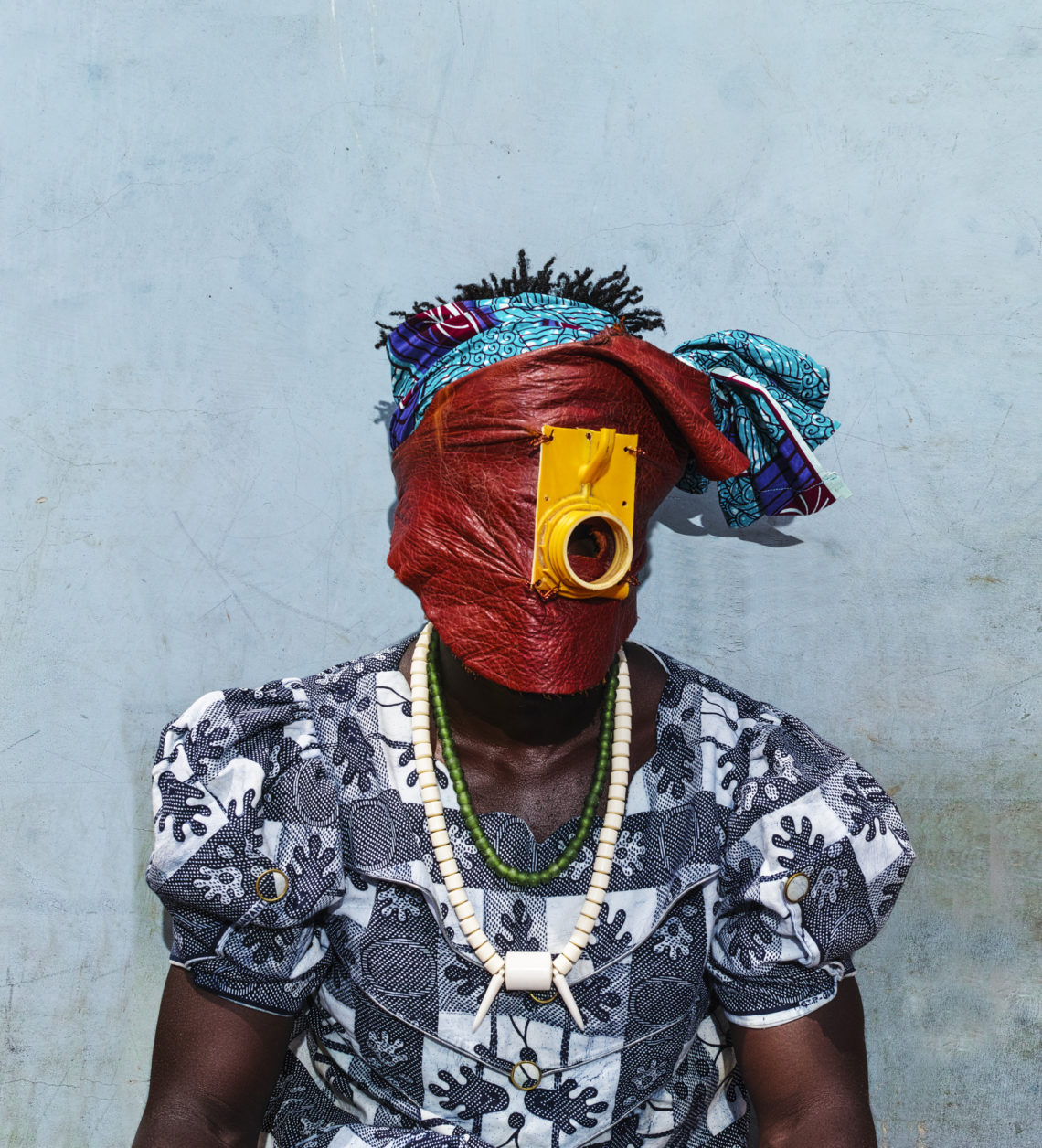Throughout the history of art, artists have appreciated the versatility that fabric possesses. Viewed as clothing, skin and a source of identity, it can be manipulated and molded into an object (or subject) with conceptual depth. It allows for the creation of soft sculptures, or be used as aids in performance, but does not deny artists the ability to project a sense of hardness, scale or visual weight. Textiles can also be used as a presentation of and reflection on colonialism and global trade, as with the work of UK-Nigerian artist Yinka Shonibare with his investigations of political and social histories. Fabric also offers a way to think about personal histories, as with the case of Accra-based artist Serge Attukwei Clottey‘s work My Mother’s Wardrobe.

Clottey’s work generally examines the power of everyday objects. However, the above mentioned work is potent in the way that it gives an avenue for thinking about the use and signification that fabric offers artists and viewers. Through this work he explored the connection that fabric can create between mothers and their children. In this work he used performance as a way to interrogate gender roles along with notions of family, ancestry and spirituality. This was a personal work inspired by the death of his mother, and the performance unpacked the concept of materiality with the intention of honouring women as the collectors and custodians of cloth that serve as signifiers of history and memory. Clottey presents a vulnerability in the way that he brings across his own experiences, while inviting viewers to think about their own personal connections to his subject matter.
While is broader practice involves photography, installation, sculpture and performance, this work highlights the significance of fabric when thinking about personal and collective cultures, histories and intimacies.

Johannesburg-based artists Turiya Magadlela uses fabric as her primary medium, cutting, stitching and stretching it over wooden frames. Her use of commonly found fabrics, such as pantyhose and uniforms brings the past life of the fabric into the exhibition space, where it’s very presence creates animated associations in the minds of viewers. Her use of familiar fabrics allows her work to oscillate between abstract art and a collection of memories interwoven with articulations of experiences of womanhood, motherhood and narratives from Black South African history.
Looking at the work of Clottey and Magadlela the significance of fabric as a container of history and memories becomes clear. Its physical and conceptual malleability highlights its ability to be a tool for preservation, reflection and identity.




